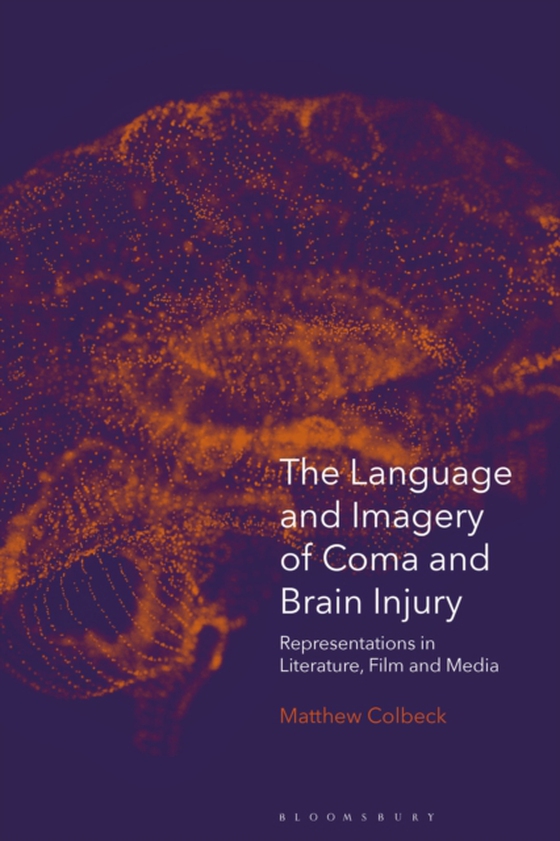
Language and Imagery of Coma and Brain Injury e-bog
265,81 DKK
(inkl. moms 332,26 DKK)
What occurs within coma? What does the coma patient experience? How does the patient perceive the world outside of coma, if at all? The simple answer to these questions is that we don't know. Yet the sheer volume of literary and media texts would have us believe that we do. Examining representations of coma and brain injury across a variety of texts, this book investigates common tropes and li...
E-bog
265,81 DKK
Forlag
Bloomsbury Academic
Udgivet
22 april 2021
Længde
226 sider
Genrer
CFGR
Sprog
English
Format
pdf
Beskyttelse
LCP
ISBN
9781350077805
What occurs within coma? What does the coma patient experience? How does the patient perceive the world outside of coma, if at all? The simple answer to these questions is that we don't know. Yet the sheer volume of literary and media texts would have us believe that we do. Examining representations of coma and brain injury across a variety of texts, this book investigates common tropes and linguistic devices used to portray the medical condition of coma, giving rise to universal mythologies and misconceptions in the public domain. Matthew Colbeck looks at how these texts represent, or fail to represent, long-term brain injury, drawing on narratives of coma survivors that have been produced and curated through writing groups he has run over the last 10 years. Discussing a diverse range of cultural works, including novels by Irvine Welsh, Stephen King, Tom McCarthy and Douglas Coupland, as well as film and media texts such as The Sopranos, Kill Bill, Coma and The Walking Dead, Colbeck provides an explanation for our fascination with coma. With a proliferation of misleading stories of survival in the media and in literature, this book explores the potential impact these have upon our own understanding of coma and its victims.
 Dansk
Dansk

